Oh, the humanit(ies)! Why integrating the liberal arts and STEM is a win-win for students, institutions
University Business
FEBRUARY 14, 2024
Meanwhile, the humanities and social sciences are taking a back seat. Integrating the arts into STEM (“STEAM”) has been in discussion since at least 2010, when the Rhode Island School of Design helped pioneer it. But something exciting is happening in the world of higher education.

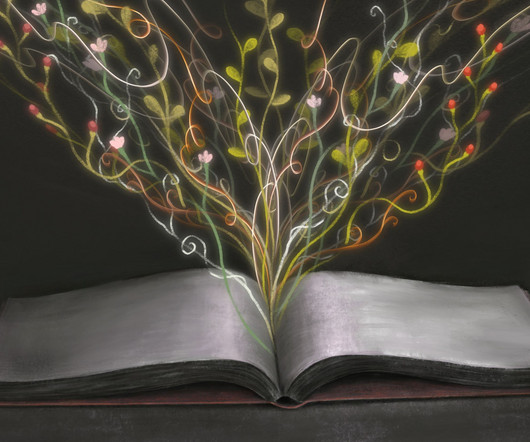
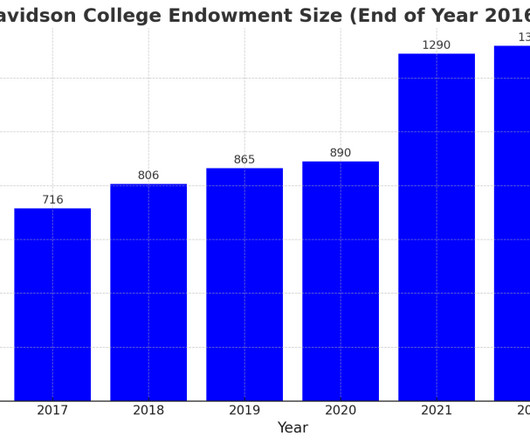



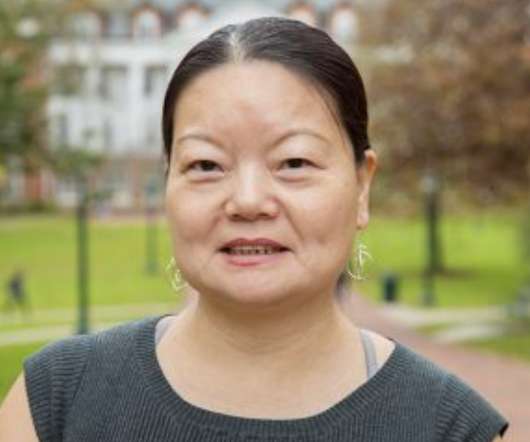

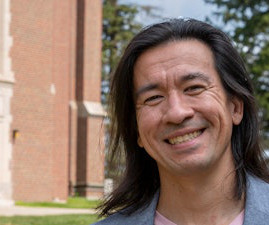
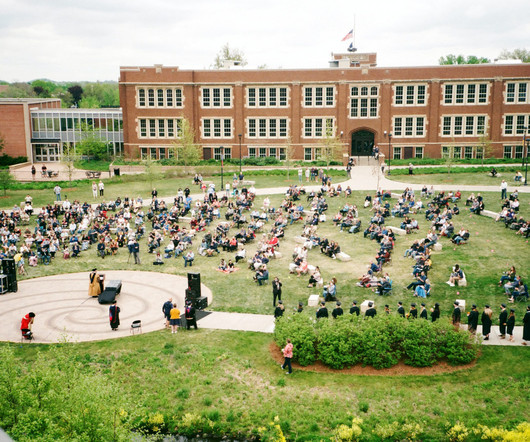
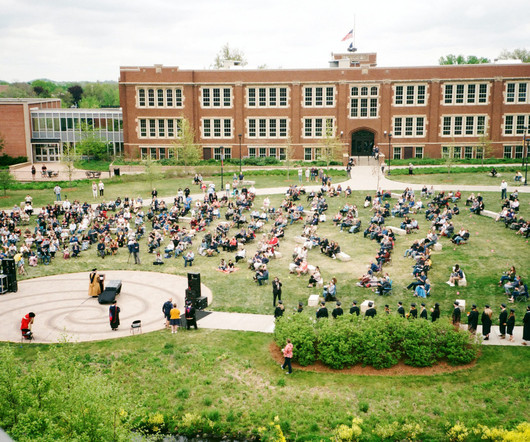
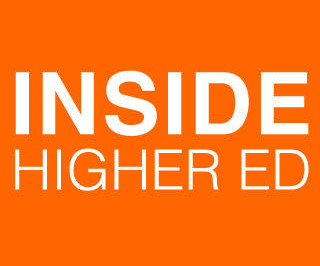
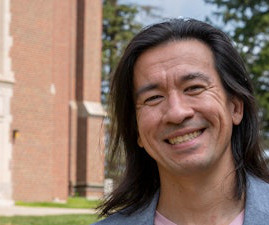
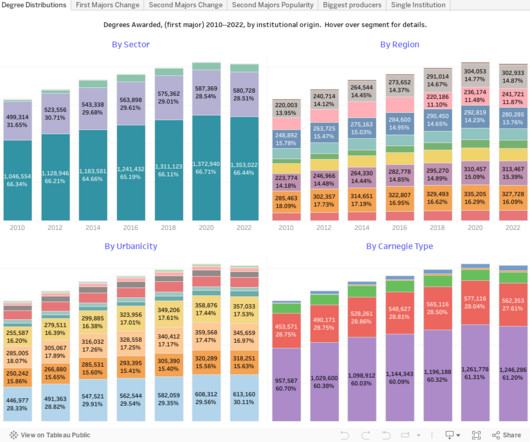
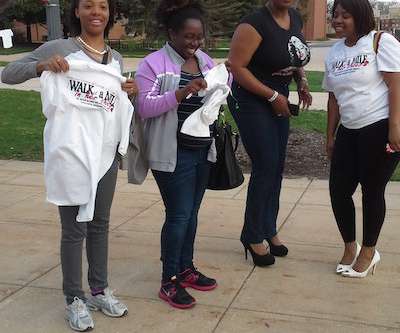


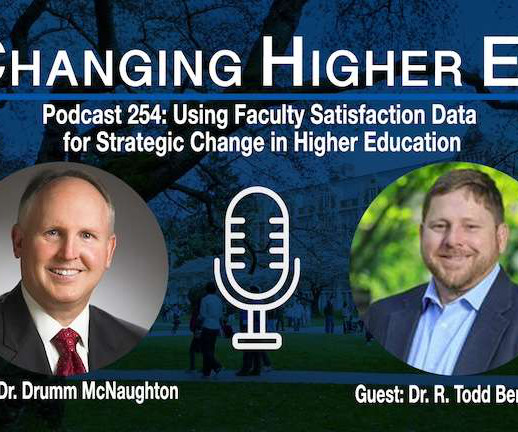






Let's personalize your content